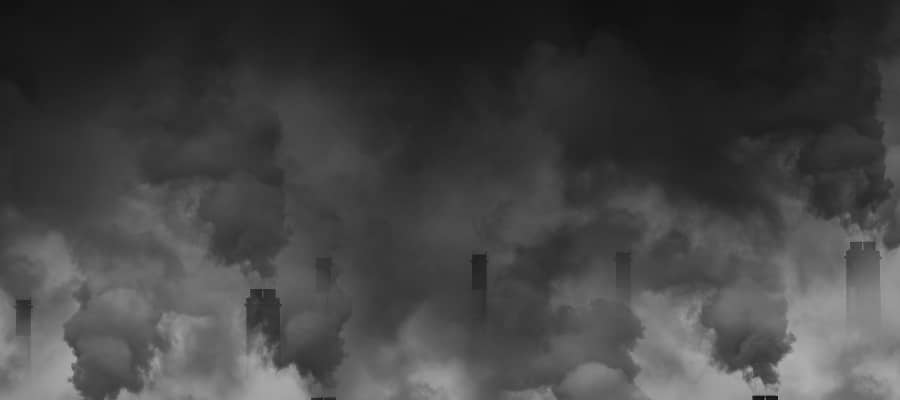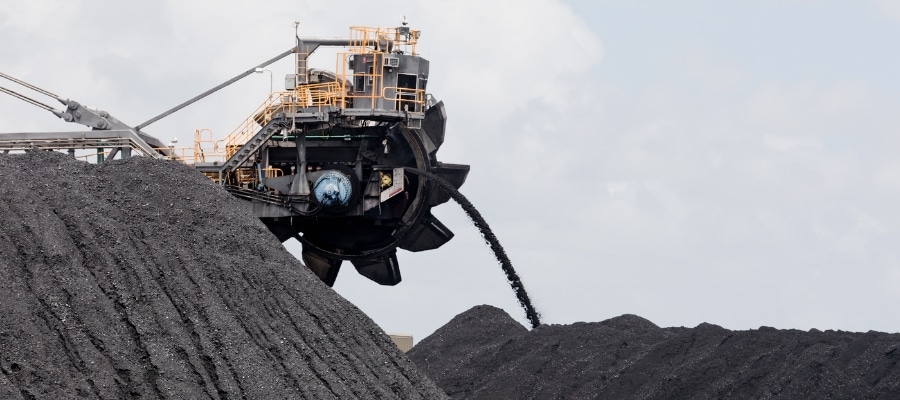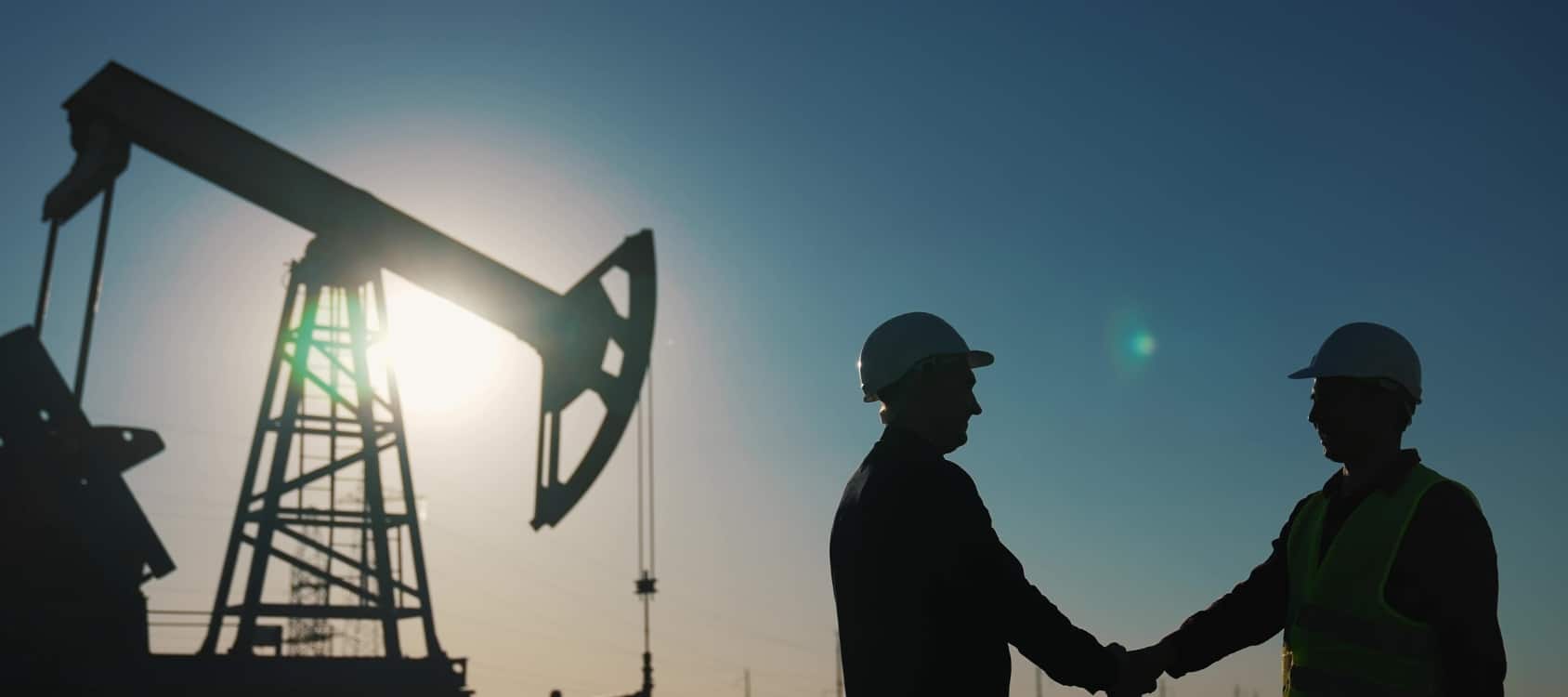BNP Paribas released its first decarbonization targets (1) for the steel, aluminum and cement sectors in May 2023 as part of its commitments under the Net-Zero Banking Alliance. The French bank claims that its targets are aligned with the IEA’s Net Zero by 2050 scenario, but they fail to include the significant amount of finance from the banks’ underwriting activities, and are not based on absolute emissions. The targets do not account for the methane emissions from mining coal for steel and cement production, nor for aluminum’s upstream CO2 emissions. In addition, even strong decarbonization targets will not ensure sufficient reductions in BNP Paribas’s climate impact as they do not in themselves prevent financing for large, long-lived, and high-emitting infrastructure like coal-powered steel furnaces.
The guidelines of the Net-Zero Banking Alliance (NZBA) require its members to set targets for nine carbon-intensive sectors within three years of joining the alliance (2). BNP Paribas has been a member of the NZBA since its launch in April 2021. It is the first French bank to set targets for steel or aluminum (3). Previous to these new targets, BNP Paribas had set targets for oil and gas, power generation and car manufacturing (4).
Non-aligned financing
BNP Paribas states that the targets were designed to align with the sectoral pathways in IEA’s Net Zero by 2050 scenario (NZE). The bank’s overall financing of these sectors, however, is not aligned with the NZE as these targets cover only financed emissions from the bank’s lending portfolio and leave out the significant emissions facilitated by the bank’s underwriting-related capital markets activities.
It is difficult to assess if just the lending targets by themselves are NZE-aligned. One issue is that most NZE data is given in terms of absolute emissions, whereas none of these BNP Paribas targets use actual emissions. BNP Paribas’s new targets are instead based only on the intensity of emissions per unit of production. BNP Paribas is a member of the UN’s Race to Zero Campaign and the Glasgow Financial Alliance for Net Zero (GFANZ) both of which note that absolute and intensity targets are needed to consider progress toward net zero (5).
BNP Paribas excludes in its targets upstream Scope 3 methane emissions from coal-mining for cement and steel, and aluminum upstream emissions from mining and refining (6). This is contrary to the recommendations of the Race to Zero, GFANZ and the UN High-Level Expert Group on net zero, all of which recommend including material scope 3 emissions within decarbonization targets (7).
Steel
Steel manufacturing accounts for around 7% of global greenhouse gas emissions. BNP Paribas has committed to a 25% reduction in intensity of scope 1 and 2 CO2 emissions between 2022 and 2030 (8). This is considerably lower than the NZE’s equivalent intensity reduction, which BNP Paribas estimates at 33%. The French banking giant justifies this ambition gap with the argument that its current steel emissions intensity is 12% below the IEA’s global baseline, so that even with lower annual percentage reductions its steel portfolio’s emission intensity will be aligned with the NZE by 2030.
BNP Paribas’s steel emissions intensity in 2022 was lower than the global average because its client base is skewed toward Europe, the Middle East and Africa, where steel production is already less carbon intensive than in Asia where the majority of production takes place. However, this portfolio mix means that BNP Paribas should target a steel financed emissions intensity in 2030 that is considerably lower than the global average.
The most significant lacuna in BNP Paribas’s steel targets is the omission of its scope 3 upstream emissions. Including methane emissions from metallurgical coal mines may increase the steel sector’s 20-year warming impact by over a quarter. BNP Paribas should address steel sector coal mine methane emissions either with targets specific to metallurgical coal, or by including scope 3 emissions in its steel target (and adopting a methane reduction target in addition to its CO2 target) (9).
Aluminum
The total warming impact of the aluminum sector is around 3% of global greenhouse gas emissions (10). BNP Paribas’s aluminum target is for a 10% reduction in intensity of scope 1 and 2 CO2e emissions between 2022 and 2030 (11). The bank calculates that the NZE’s equivalent intensity reduction is 23%.
BNP Paribas’s baseline for its aluminum financed emissions intensity in 2022 is just over half that of the NZE because its main clients are producers outside of Asia with relatively low emissions (11). Because of this low baseline, although BNP Paribas’s targeted percentage reduction is less than half that in the NZE, BNP Paribas ends up with an aluminum financed emissions intensity in 2030 that is still well below the NZE.
The aluminum target covers direct emissions from the smelting process and from the production of the electricity used in smelting. It should also include upstream scope 3 emissions from bauxite mining and alumina refining which account for almost a quarter of aluminum value chain emissions (13).
Cement
Cement production (not including mining of coal and limestone) is responsible for around 7% of global CO2 emissions. The bulk of emissions from cement production are Scope 1 emissions from the limestone calcination process, and from the burning of coal to generate heat (14). There are short-term options to increase the efficiency of the production process and to switch to lower carbon sources of heat and electricity for cement plants. In the longer term, most cement decarbonization in the NZE comes from carbon capture and storage.
BNP Paribas’s target is for a 24% reduction in intensity of cement Scope 1 and 2 CO2 emissions between 2021 and 2030. BNP Paribas calculates that this is slightly lower than the NZE’s equivalent intensity reduction (27%). The French bank’s baseline for its cement financed emissions intensity in 2021 is also slightly higher than the global intensity given in the NZE. BNP Paribas states that this is because it counts upstream Scope 3 CO2 emissions from limestone quarrying which are not covered by the NZE (15). BNP Paribas, however, does not count upstream Scope 3 methane emissions from the mining of the large amounts of coal used in cement production (16).
The importance of sectoral policies beyond decarbonization targets
An inherent limitation of decarbonization targets is that they do not prevent new investments in high-emitting infrastructure. This is an important problem in heavy industry where plant equipment tends to be highly capital intensive and very long lived, so a decision to go with a higher rather than a lower emitting option can have consequences for the climate lasting many decades. In the steel sector, more than 70% of existing coal-fired blast furnaces will need to be refurbished by 2030. It is therefore vital that financial institutions adopt policies that promote forceful engagement with industrial clients to ensure that upgrades and new investments are based on the lowest-emitting options such as emerging green steel technologies.
BNP Paribas is to be commended for being the first major global bank to set targets for these three emissions-intensive sectors, and the first French bank to set steel and aluminum targets. However it should improve the ambition of the targets, in particular by covering all material Scope 3 emissions and by adding absolute emission targets. And it should complement the targets with policies that exclude direct support for outdated carbon-intensive technologies in each of these sectors, as well as corporate finance for companies that still plan capital expenditures for these outdated technologies or that are developing new metallurgical coal projects.



